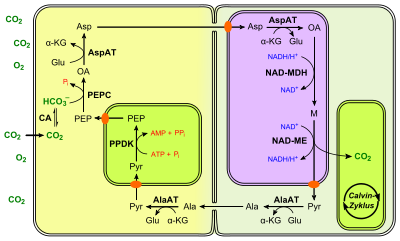In addition to using leguminoceae trees such as calliandra in the form of energy plantation, as described in more detail in the bioeconomy model for Indonesia part 1, bamboo trees can also be used as pioneering plants and impact the development of various bioeconomy derivative activities. Why can bamboo trees be used in this case? Bamboo trees belonging to the group of grasses (gramineae) can grow in almost all places in Indonesia and are resistant to dry conditions, this is also because bamboo plants are plant species with C4 photosynthesis. Ground water will also rise up to the surface by bamboo plants, so that areas that were originally dry can become fertile and water is easily available.
Bamboo can be used for biomaterials, but of course the most economical use is sought. Bamboo can be used for the production of various types of products such as building materials, paper raw materials, energy sources, activated carbon, to high-quality textiles and for more detail can be read here. The number of products that can be produced from bamboo will certainly be its own driving force. Currently there are still a number of imported products, even though they should be produced domestically. Textile raw materials such as cotton and wool are examples of raw materials that are still imported in very large quantities, and this can also be substituted with raw materials from bamboo, even better quality.
With bamboo plantations that improve environmental conditions and economic aspects, further development can continue to be carried out later, such as the creation of fruit gardens and livestock, especially sheep. The fertile soil and water are easily available making various fruit trees grow well, so can the making of pastures with green grass. Rotation grazing techniques as the best grazing technique today can be applied in the pasture. The economic sector based on this has become more passionate and a real example of bioeconomy.
Starting from bamboo, the nation's economic sector and people can become strong. Strategic sectors such as food, clothing, shelter, and energy can be fulfilled and are not import dependent. There are tens of millions of hectares of land available in Indonesia, and can be used for these bamboo plantations. Indonesia's condition with a tropical climate with high rainfall also strongly supports bamboo plantations in Indonesia. Let us improve and save the environment as well as to lead in the bioeconomy era with bamboo plantations, its processing industry and its development.









No comments:
Post a Comment